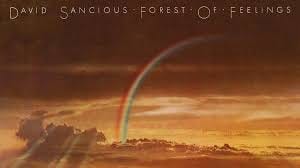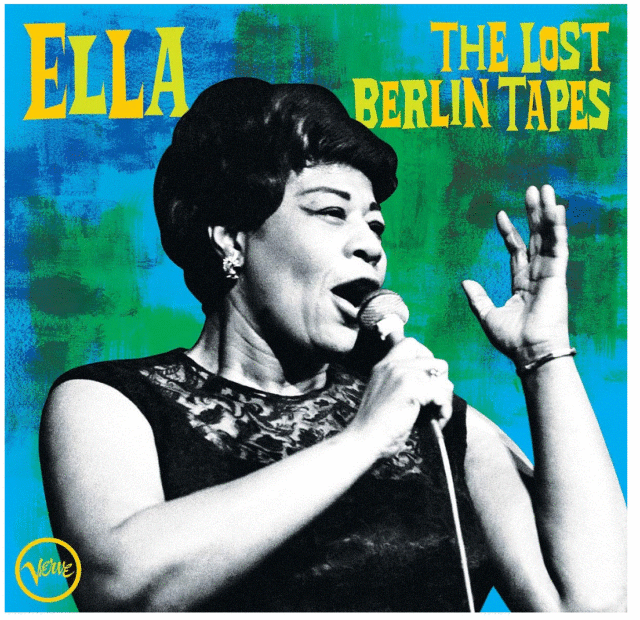Hard left turn from E Street.....
David Sancious' solo debut Forest of Feelings deserves to be more than a footnote in the history of New Jersey music circa 1975.
There’s new music from Bruce Springsteen and the E Street Band on the horizon – Letter To You, the Boss’ 20th studio album, arrives October 23. So it’s perhaps a good time to explore one of the more unusual footnotes in the band’s storied history: David Sancious’ solo debut, the suitelike Forest of Feelings. It’s the other record to come out of E Street in 1975, created almost concurrently with Born To Run. It’s also one of the most underrated slices of jazz fusion ever.

The keyboardist for the E Street Band in its early years, Sancious created the cinematic introduction for “New York City Serenade” and the organ solo on “Kitty’s Back,” among other contributions. He was on hand during the extensive sessions for Born To Run, but his attention was somewhat divided: He’d just signed his own record contract, and during the downtime between Springsteen sessions he worked up the material for Forest with his group Tone – which featured bassist Gerald Carboy and Ernest “Boom” Carter, the hired-gun drummer behind the kit on Springsteen’s megahit “Born To Run.”
By all accounts, the Springsteen vortex during the making of Born To Run was an intense place. When they’d escape, Sancious and Carter pursued a different kind of intensity – music that had the dramatic peaks and valleys of E Street-style rock, but was built on harmonies and rhythms of jazz and funk. Forest of Feelings, produced by drummer Billy Cobham, documents a moment in jazz-rock fusion just before that smushed-together (and easily lampooned) hyphenate genre lost its way.
The album offers several insights about music in the middle 1970s – a time when musicians were zealous about exploring different styles, and the worlds of “rock” and “jazz” were not so factionalized. It shows that Springsteen’s orbit was not just Jersey tough rockers – like other E Streeters, Sancious (who left the band before the release of Born To Run) was versed in classical music and jazz, and understood how to work those influences into his solos and his compositions.
In Sancious’ conception, jazz fusion is about something more than flashy repetitive riffs and endlessly technical soloing – there’s extended motific development in the tunes of Forest. That’s partly due to Cobham, who was a force at the time – he’d been a part of the groundbreaking Mahavishnu Orchestra, and his 1973 solo debut Spectrum had unexpected chart success. Cobham applied one of the key lessons of Mahavishnu – conceptualizing songs as journeys – to the Sancious’ extended pieces.
There are lots of tempo and groove changes happening throughout Forest – Sancious wrote wonderfully lyrical melodies, and connected the individual ideas into larger pieces, like the opening “Suite Cassandra” and the profound fantasia based on “Dixie.” Some of his settings, like the title track, served as launching pads for fiery improvisation; others,like the synth-based “East India,” are gorgeously placid nocturnal meditations.
Just about every piece achieves that elusive balance between preparation and inspiration – this intricate music had to be heavily rehearsed, yet it still sounds loose, as though it’s still being discovered by its creators. Soloing from his bank of keyboards, Sancious sparks serious thrill-ride episodes, and if they’re somehow not impressive enough, check out the blazing guitar solo on “Further On The Forest of Feelings.” That’s him, too.
***

To decide about spending time with the recently discovered The Lost Berlin Tapes featuring Ella Fitzgerald in 1962, cue up her version of “Jersey Bounce,” the Benny Goodman swing-era hit. It’s one of the few tunes on the program that’s not sourced from the Great American Songbook; at the time, she was enmeshed in a gargantuan project, recording a series of songbook albums devoted to each of the legendary Broadway composers. Those songs comprise most of this concert performance; “Jersey Bounce” might have been included just to offer her a chance to relax.
After Fitzgerald sashays her way effortlessly through the “Jersey Bounce” theme, she dives right into her main business, the inventive wordless vocalizing that made her famous. Often, this is the part where Fitzgerald’s mastery is most evident: No other singer (in any genre) paired her quick-witted off-the-cuff invention with such technical mastery.
But stay with “Jersey Bounce” when Fitzgerald returns to the melody, because the “shout” chorus shows why vocalists scrutinize her every utterance. First she does a stretchy restatement of the theme. Then she reharmonizes the line, creating a dazzling four-measure interval exercise that has the intricacy (and wide intervallic leaps) of a Liszt piano piece. Before that can sink in, Fitzgerald sails unflappably back to the main riff; you can almost see the pianist Paul Smith looking up and wondering “What genius flash just happened?”
This little three-minute riff tune shows Fitzgerald as a master tactician, able to blend jazz entertainment and subversive musicality so blithely the level of invention is almost masked. If you like the way it works on multiple levels, you’ll enjoy The Lost Berlin Tapes (and, for that matter, much of the music she recorded in the early 1960s). It’s interesting to trace the ways Ella slips in outbursts of unexpected hipness from tune to tune. She’s playing to a German audience that knows the Broadway songbook, so she interprets ballads like “Angel Eyes” with slight airbrush gestures and great restraint, but loosens up for a loose, carefree run through Kurt Weill’s “Mack The Knife.”
The set closes with Fitzgerald honoring a request for a blues. She doesn’t have too many in her repertoire, she tells the audience, implying that this isn’t a strength. And then she breezes through it, like she’s been singing nothing but the blues for years.

We publish Tuesdays and Fridays….please consider subscribing (it’s free!). And please spread the word!
Subscribe: EchoLocator.substack.com.
And....please participate: Please send feedback, ideas, and, of course, artists and recordings you wish more people knew about to echolocatormusic@gmail.com.



